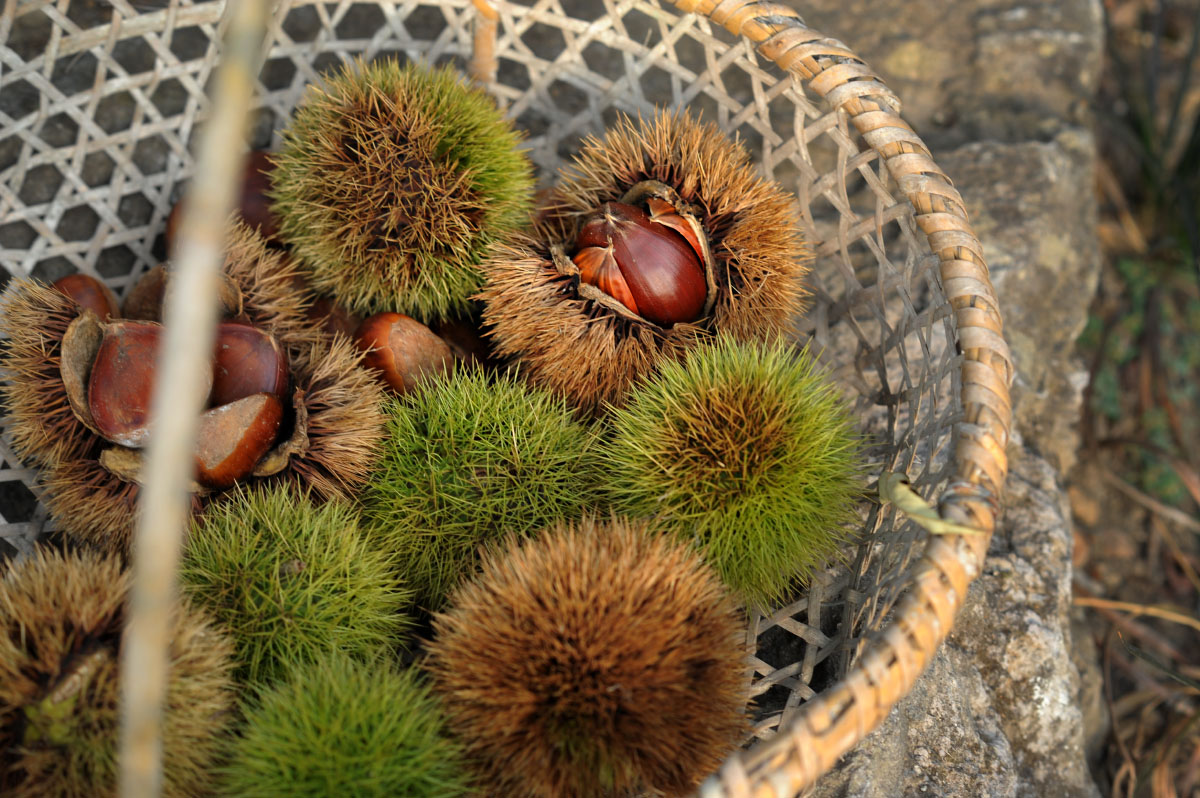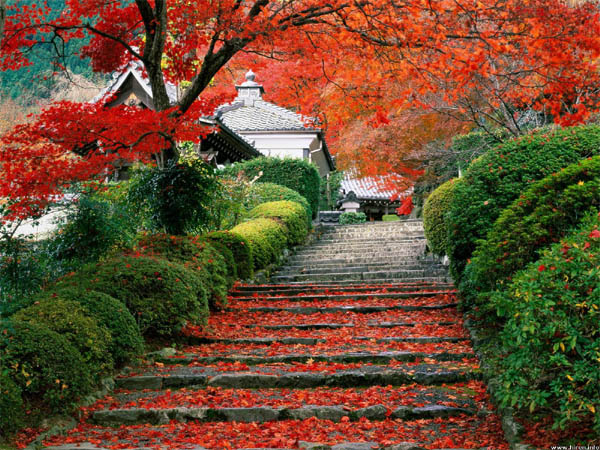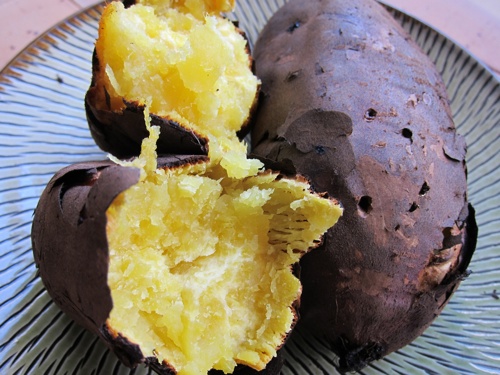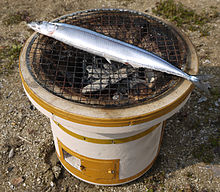
1. Dig up the old camcorder for Sports day festivals at schools.
Health and Sports Day (体育の日 Taiiku no hi), also known as Health-Sports Day or Sports Day, is a national holiday in Japan held annually on the second Monday in October. It commemorates the opening of the 1964 Summer Olympics being held in Tokyo, and exists to promote sports and an active lifestyle.
The first Health and Sports Day was held on October 10, 1966, two years after the 1964 Summer Olympics. October was chosen for the unusually late Summer Olympics to avoid the Japanese rainy season, and Health and Sports Day continues to be one of the fairest days of the year.
In 2000, as a result of the Happy Monday Seido, Health and Sports Day was moved to the second Monday in October.
As Health and Sports Day is a day to promote sports and physical and mental health, many schools and businesses choose this day to hold their annual Field Day (運動会 Undō-kai), or sports day. This typically consists of a range of physical events ranging from more traditional track-and-field events such as the 100 metres or 4 x 100 metres relay to more uncommon events such as the tug of war and the Mock Cavalry Battle(騎馬戦 Kiba-sen).
Most communities and school across Japan celebrate Sports Day with a sports festival which is similar to a mini Olympics. These festivals include many of the traditional track and field events, such as 4 x 100m relay, 100m sprinting, and long jump, as well as many other events. Some of the events include: ball toss, tug-o-war, rugby-ball dribbling races, sack races, and so on. Another common event is often simply called the “exciting relay”, which is an obstacle course relay including any number of different challenges: Three-legged races, making a stretcher with a blanket and bamboo poles and then carrying an “injured” teammate, laundry hanging, crawling on hands and knees under a net, and doing cartwheels across a mat.
The festival usually begins around 8:30 am with a parade featuring all the different teams that will be participating: it could be divided by neighbourhood, class, geographic area, or school. There is sometimes a local marching band providing music. Once the parade has gone around the field and lined up in the middle, the band will play Kimigayo and the Japanese flag will be raised. Local officials will make speeches welcoming everyone. Often everyone will spread out across the grounds for group stretching (this stretching routine was developed by the government and is done daily by many Japanese people; the stretching routine music is broadcast daily on the radio and TV). Then it is time to start the events.
Every event has prizes for the winners, usually something useful for around the house such as boxes of tissues, laundry detergent, dish soap, hand soap, saran wrap, wax paper, cooking oil and so on. Around 12:00 noon, the events will take a pause for lunch and sometimes traditional dancing. Lunch is usually a Bentō (lunchbox), typically including rice, fish, stewed vegetables, sushi,onigiri (rice balls) and other small Japanese treats.
As with the Olympics, the final event of the day is the 4 x 100m relay or 100m sprint. Following this, the points totals are tallied and the ending ceremony involves congratulatory speeches by local officials and the handing out of prizes to the top teams.

2. Bring along a book for reading at your favorite outdoor spot as the temperature cools to bearable instead of the swealtering hot temperatures and humidity that comes with a Japanese summer.

3. Picking, roasting, and eating “kuri,” or chestnuts. Recipe for “kuri gohan”
Harvest The Largest Chestnuts of Japan in the Largest Katakuri Fields of Japan!
 |
| Saimyoji-guri (Photo/Semboku City) |
The record shows that the Saimyoji-guri used to be called “Kitaura no Kuri” (Chestnut from Kitaura) and had been dedicated to the Lord of Akita during the Enpo and Genroku Era (1673 – 1703) and sometimes even in place of Nengumai (Annual Tax Rice).
What it is proud of is the size – the largest in Japan! The large size (L) would measure over 3 cm/ 1.18 in and weighs about 25 – 30 g / 0.88-1.5 oz! Imagine it could be as big as a infant’s fist. Quite impressive!
 |
| Size of an infants’ fist! (Photo/Semboku City) |
| Katakuri, Dogtooth Violet, blooms in the Chestnut Orchards! (Photo/Semboku City) |
| Harvesting experience is popular for families. (Photo/Semboku City) |
Tsukimi (月見) or Otsukimi, literally moon-viewing, refers to Japanese festivals honoring the autumn moon. The celebration of the full moon typically takes place on the 15th day of the eighth month of the traditional Japanese lunisolar calendar; the waxing moon is celebrated on the 13th day of the ninth month. These days normally fall in September and October of the modern solar calendar.
The tradition dates to the Heian era, and is now so popular in Japan that some people repeat the activities for several evenings following the appearance of the full moon during the eighth lunisolar month.
Tsukimi traditions include displaying decorations made from Japanese pampas grass (susuki) and eating rice dumplings called Tsukimi dango in order to celebrate the beauty of the moon. Seasonal produce are also displayed as offerings to the moon. Sweet potatoes are offered to the full moon, while beans or chestnuts are offered to the waxing moon the following month. The alternate names of the celebrations, Imomeigetsu (literally “potato harvest moon”) and Mamemeigetsu (“bean harvest moon”) or Kurimeigetsu (“chestnut harvest moon”) are derived from these offerings.
Tsukimi refers to the Japanese tradition of holding parties to view the harvest moon. The custom is thought to have originated with Japanese aristocrats during the Heian period, who would gather to recite poetry under the full moon of the eighth month of the lunisolar calendar, known as the “Mid-Autumn Moon.” Since ancient times, Japanese people have described the eighth lunisolar month (corresponding to September on the contemporary Gregorian calendar) as the best time for looking at the moon, since the relative positions of the earth, sun, and moon cause the moon to appear especially bright. On the evening of the full moon, it is traditional to gather in a place where the moon can be seen clearly, decorate the scene with Japanese pampas grass, and to serve white rice dumplings (known as Tsukimi dango), taro, edamame, chestnuts and other seasonal foods, plus sake as offerings to the moon in order to pray for an abundant harvest. These dishes are known collectively as Tsukimi dishes (月見料理 tsukimi ryōri?). Due to the ubiquity of sweet potato or taro among these dishes, the tradition is known as Imomeigetsu (芋名月?) or “Potato harvest moon” in some parts of Japan.
From 862 until 1683, the Japanese calendar was arranged so that the full moon fell on the 13th day of each month. In 1684, however, the calendar was altered so that the new moon fell on the first day of each month, moving the full moon two weeks later, to the 15th day of the month. While some people in Edo (present-day Tokyo) shifted their Tsukimi activities to the 15th day of the month, others continued to observe the festival on the 13th day. Furthermore, there were various regional observances in some parts of Japan on the 17th day of the month, as well as Buddhist observances on the 23rd or the 26th day, all of which were used as pretexts for often late-night parties during the autumn throughout the Edo period. This custom was brought to a swift end during the Meiji period.
Festivals dedicated to the moon have a long history in Japan. During the Heian period elements of the Chinese Mid-Autumn Festival were introduced to Japan. Members of the aristocratic class would hold moon-viewing events aboard boats in order to view the moon’s reflection on the surface of the water. The writing of tanka poetry was also an element of such mid-autumn moon viewing festivities.
There are specific terms in Japanese to refer to occasions when the moon is not visible on the traditional mid-autumn evening, including Mugetsu (無月 literally: no-moon) and Ugetsu (雨月 rain-moon). Even when the moon is not visible, however, Tsukimi parties are held.
5. Grill sanma (saury/mackerel pike) over an open flame BBQ
Saury, or sanma, is one of the most prominent seasonal foods representing autumn in Japanese cuisine. It is most commonly served salted and grilled (broiled) whole, garnished with daikon oroshi (grated daikon) and served alongside a bowl of rice and a bowl of miso soup. Other condiments may include soy sauce, orlime, lemon, or other citrus juices. The intestines are bitter, but many people choose not to gut the fish, as many say its bitterness, balanced by the condiments, is part of the enjoyment. Salt-grilled saury is also served in Korea, where it is known as kongchi gui (꽁치구이).
Sanma sashimi is becoming increasingly available but is not common. It is rarely used for sushi; howeversanma-zushi is a regional delicacy along parts of the Kii Peninsula, especially along the coast of southernMie Prefecture. It is prepared by pickling the sanma in salt and vinegar (depending on the region, bitterorange or citron vinegar may be used), and then placing it on top of vinegared rice to create the finished sushi.
The fish can also be pan-fried or canned kabayaki. It is also used for fish meal and pet food in some Western countries, while in Alaska, pollock is more often used for this purpose.

6. Visit Kyoto to enjoy the changing autumn leaves. Or, see “Kouyou” in Tokyo and Nagoya
In autumn, the leaves on most deciduous Japanese trees change their color to red, yellow or orange. The mountains, which I love to look at during this time of the year, are transformed by the beautiful colors of the leaves. The leaves are called, “kouyou” or “momiji”. The Japanese admire “kouyou” just as they admire cherry blossoms in spring. Their beauty has been expressed in poems and songs throughout Japanese history. The Japanese also enjoy, “momiji-gari (autumn leaf viewing)”, which is regarded as a seasonal event as important as, “hanami (cherry blossom viewing)”.

7. Spend a little extra on the ever-popular matsutake mushrooms.
Matsutake (Japanese: 松茸, pine mushroom, is the common name for a highly sought-after mycorrhizal mushroom that grows in Asia, Europe, and North America. It is prized by the Japanese and Chinese for its distinct spicy-aromatic odor.
Though simple to harvest, Matsutake are hard to find, causing the price to be very high. Domestic production of matsutake in Japan has been sharply reduced over the last 50 years due to a pinenematode Bursaphelenchus xylophilus, and it has influenced the price a great deal. The annual harvest of matsutake in Japan is now less than 1,000 tons, and the Japanese mushroom supply is largely made up by imports from China, Korea, the North American Pacific Northwest (Northern California, Oregon,Washington, and British Columbia), and Northern Europe (Sweden and Finland).The price for matsutake in the Japanese market is highly dependent on quality, availability, and origin. The Japanese matsutake at the beginning of the season, which is the highest grade, can go up to $2,000 per kilogram. In contrast, the average value for imported matsutake is about $90 per kilogram.

8. Head back to the countryside and help out with the rice harvest
In Japan the harvest festival is the rice harvest. None of the rice is to be eaten until a special event has happened. There are dances and a procession and a huge feast.
Koshogatsu means literally “Small New Year” and starts with the first full moon of the year usually around January 15th. The main events of Koshogatsu are rites and practices praying for an ample harvest.
In the autumn harvest festivals are held, and the first fruits of the paddy field are offered to the gods.
In rural villages the entire community celebrates this autumn festival, and in many places floats carrying symbolic gods are paraded through the streets. At the Imperial Palace the Emperor fulfills the role of presenting offerings of new grain and produce to the gods.
The Shinto rites at New Year’s were originally festivals at which people prayed for a bountiful harvest in the coming year, and the rice-planting and other paddy-field festivals that are still celebrated throughout Japan also involve prayers for a good harvest. Kimono-clad girls, their sleeves tied back with red sashes, plant the rice, while musicians perform nearby with drums, flutes, and bells. The dance traditionally associated with such festivals gradually evolved as a part of the noh theater.
Yagan Orimi is a traditional harvest festival in Aguni, an island near mainland Okinawa. In recent years, have been visiting the island to see the festival, where islanders offer prayers not only for a good harvest, but, also for the safe delivery of their infants.
In Japan long ago, the new autumn rice harvest could not be eaten until after a festival in honor of the rice spirit. There was dancing, singing and waving of fans. Everyone joined in a great feast. Now that day is a national holiday and it takes place on November 23. The name of the festival has also been changed it is now called Labor Thanksgiving Day. At midnight the Japanese emperor offers the first fruits of autumn at a special altar.
In Japan there is a custom of tsukimi or also known as Moon-viewing which is observed on September 15 at the time of the full moon. Everyone sets up a table facing the horizon so as to see the moon rising, and place offerings on these tables to the spirit of the moon. These offerings include a vase holding the seven grasses of autumn, cooked vegetables and tsukimi dango or moon-viewing dumplings made out of rice flour.

9. Pack tents for one last camping trip before winter comes.
Unlike most European countries, the weather in autumn in Japan (unless you go farther north towards Hokkaido) tends to be rather mild and nice. The sun is out quite a bit and temperatures usually range between 10 and sometimes even up to 25 degrees. Perfect for camping!

10. Go to a conbini and get a nice warm sweet potato




